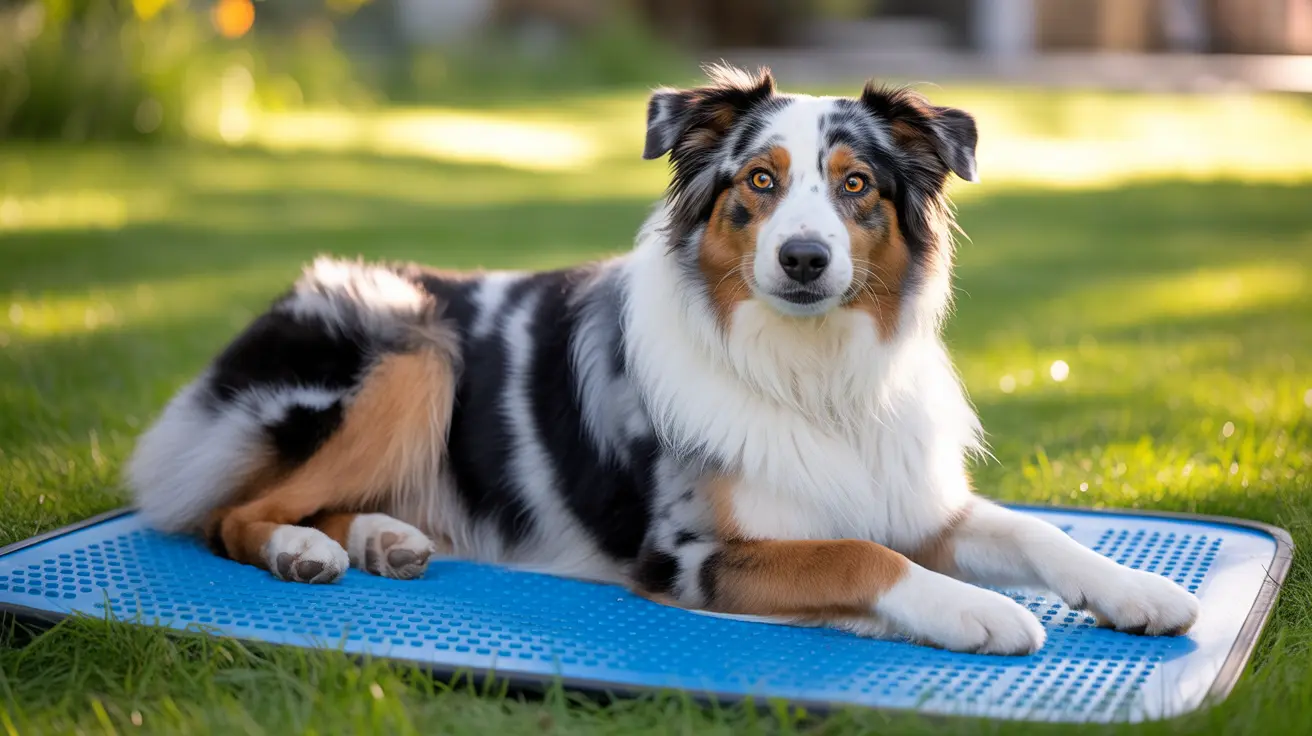Understanding Dewclaws: The Extra Toes on Dogs
Many dog owners have noticed an extra toe or claw on their pet's leg and wondered about its function and significance. This extra digit is called a dewclaw, and it plays a notable role in a dog’s anatomy, especially for certain breeds.
What Are Dewclaws?
Dewclaws are small, thumb-like toes located slightly above the paw on the inner side of a dog’s leg. Most dogs have dewclaws on the front legs, and in some cases, they may also appear on the hind legs. These claws do not typically touch the ground while walking but can serve various purposes.
Number of Toes in Dogs
- Most dogs have a total of 18 toes.
- 5 toes on each front paw, including one dewclaw.
- 4 toes on each rear paw.
However, certain breeds exhibit variations, either due to genetics or selective breeding.
Function of Dewclaws
Though often overlooked, dewclaws have important functions:
- Gripping objects such as bones or toys more easily.
- Scratching and grooming hard-to-reach areas.
- Stabilization during running, especially when navigating rough or slippery terrain.
- Aiding in climbing or maneuvering obstacles.
In some breeds, such as the Norwegian Lundehund, the presence of additional toes is a defining characteristic—they possess six toes per foot, giving them superior climbing abilities.
Breeds Prone to Extra Dewclaws
Some breeds are genetically predisposed to having rear dewclaws, sometimes in pairs (double dewclaws). These include:
- Beauceron
- Briard
- Estrela Mountain Dog
- Anatolian Shepherd
- Icelandic Sheepdog
- Portuguese Sheepdog
- Saint Bernard
Polydactyly in Dogs
The condition of having extra toes is known as polydactyly. While it may be a breed standard in some dogs, in others it arises from genetic mutations during fetal development, particularly around day 23 of gestation.
Should Dewclaws Be Removed?
The question of whether to remove dewclaws depends on several factors:
- Loosely attached dewclaws, often just connected by skin, are prone to injury and may be removed.
- Firmly attached dewclaws (connected to bone) are functional and best left intact unless there's a medical reason for removal.
- Injured or damaged dewclaws may necessitate removal to prevent future complications.
Routine removal, especially of front dewclaws, is generally discouraged if they pose no problem, as they contribute to stability and joint support.
When and How Are Dewclaws Removed?
If removal is deemed necessary, it typically occurs:
- When puppies are 3–5 days old, performed by a professional breeder or veterinarian.
- Later in life, under anesthesia if the dewclaw is attached to bone, requiring sutures and a recovery period.
Grooming and Care for Dewclaws
Regular trimming of dewclaws is essential because they do not wear down naturally through walking and can quickly become:
- Overgrown, curving into the skin
- Ingrown, causing pain and infection
- Snagged or torn, especially if loosely attached
Proper grooming includes checking and trimming all nails, including dewclaws, as part of your dog’s routine care. Keeping your dog’s nails well-maintained supports overall paw health and helps prevent unnecessary injuries.
Conclusion
The dewclaw is often misunderstood but remains an important part of a dog’s anatomy. While not all breeds have them, and while some may require removal due to risks or injuries, most dewclaws serve beneficial purposes. By understanding and properly caring for your dog’s dewclaws, you can ensure their paws stay healthy and functional throughout their lives.





